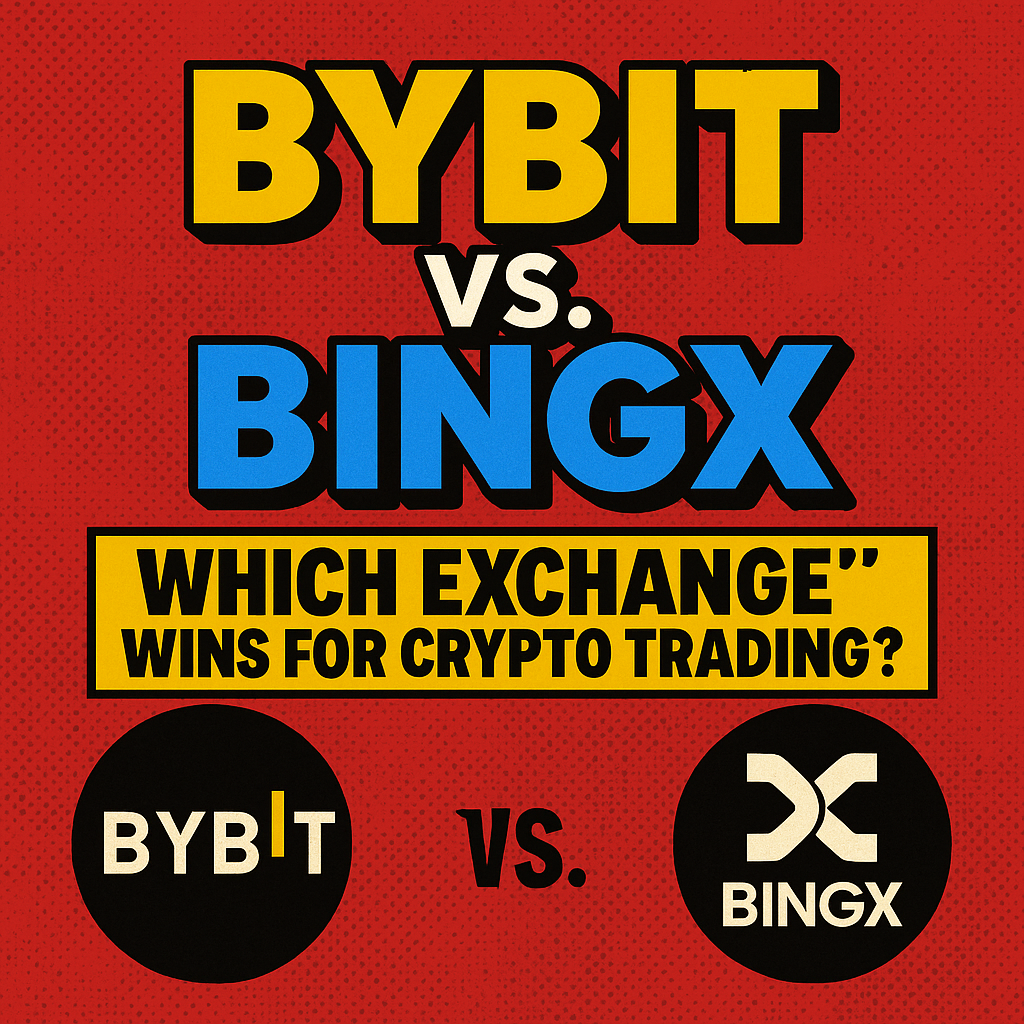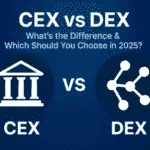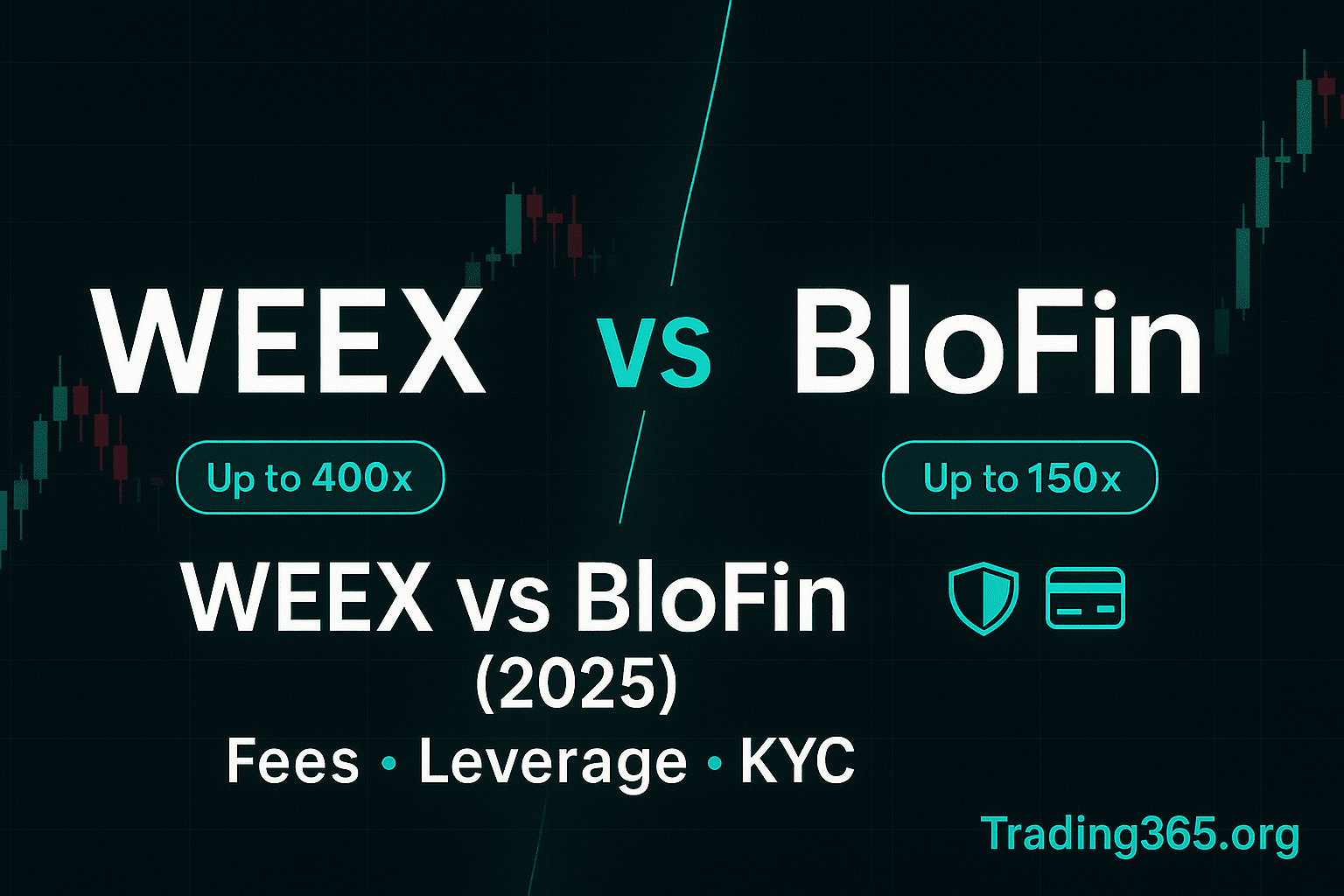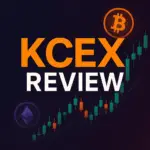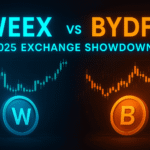Now Reading: CEX vs DEX – What’s the Difference & Which Should You Choose – 2025 Guide
-
01
CEX vs DEX – What’s the Difference & Which Should You Choose – 2025 Guide
CEX vs DEX – What’s the Difference & Which Should You Choose – 2025 Guide
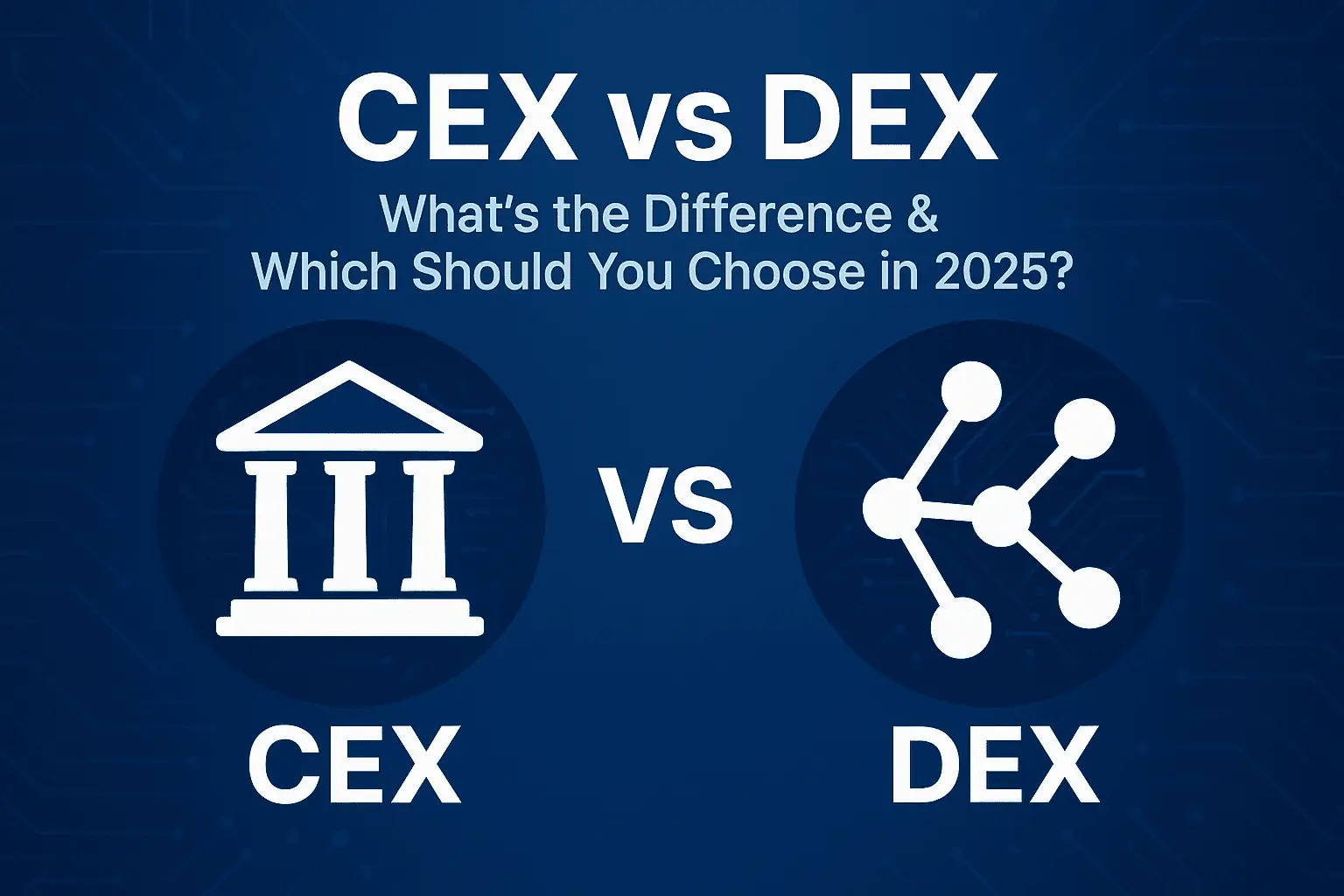
The cryptocurrency space is evolving fast, and choosing the right trading platform is critical. Traders must decide between using a Centralized Exchange (CEX) or a Decentralized Exchange (DEX). But what’s the difference, and how do you know which suits you best? This guide breaks down the pros, cons, and key differences between CEX and DEX in 2025.
What is a Centralized Exchange (CEX)?
A Centralized Exchange (CEX) is a platform managed by a centralized authority or company. Popular examples include Bybit, BingX, Binance, and Coinbase. These exchanges facilitate trading by matching orders between buyers and sellers on their controlled platform.
Pros:
- High liquidity and faster order execution
- User-friendly interfaces and advanced trading tools
- Customer support and security measures provided by the exchange
- Wide variety of trading pairs
Cons:
- Requires users to trust the exchange with custody of funds
- Mandatory Know-Your-Customer (KYC) verification
- Potential vulnerability to hacks due to centralized storage of funds
What is a Decentralized Exchange (DEX)?
A Decentralized Exchange (DEX) operates without a centralized intermediary. Popular examples include Uniswap, PancakeSwap, and dYdX. These exchanges use blockchain technology and smart contracts to directly facilitate peer-to-peer trades.
Pros:
- Users maintain control over their funds at all times
- Enhanced privacy, usually no KYC required
- Reduced risk of centralized hacks
Cons:
- Lower liquidity, particularly for smaller tokens
- Generally less intuitive and harder for beginners
- Slower trade execution speeds, depending on blockchain network
Key Differences Between CEX and DEX
| Feature | Centralized Exchange (CEX) | Decentralized Exchange (DEX) |
|---|---|---|
| Custody of Funds | Exchange controls user funds | Users control their own funds |
| Privacy & Anonymity | Lower, requires KYC | Higher, generally no KYC |
| Trading Fees | Moderate (0.05%-0.2%) | Variable (Gas/network fees) |
| Liquidity | High | Moderate to Low |
| Security | High, but centralized risk exists | High, user-dependent |
| Usability | Beginner-friendly | Advanced users |
Who Should Use a CEX?
Centralized exchanges are ideal for beginners, high-frequency traders, and users who prioritize ease-of-use, advanced trading tools, and fast liquidity.
Who Should Use a DEX?
Decentralized exchanges are suited for privacy-oriented traders, crypto veterans, and individuals who prefer maintaining complete control over their assets, despite potentially lower liquidity and usability.
Conclusion
Choosing between a CEX and a DEX depends on your trading style, priorities, and experience level.
- Go CEX if: You prefer convenience, high liquidity, and user support.
- Go DEX if: You value privacy, custody control, and decentralization.
For the best exchanges, explore our detailed reviews and bonus offers:
















